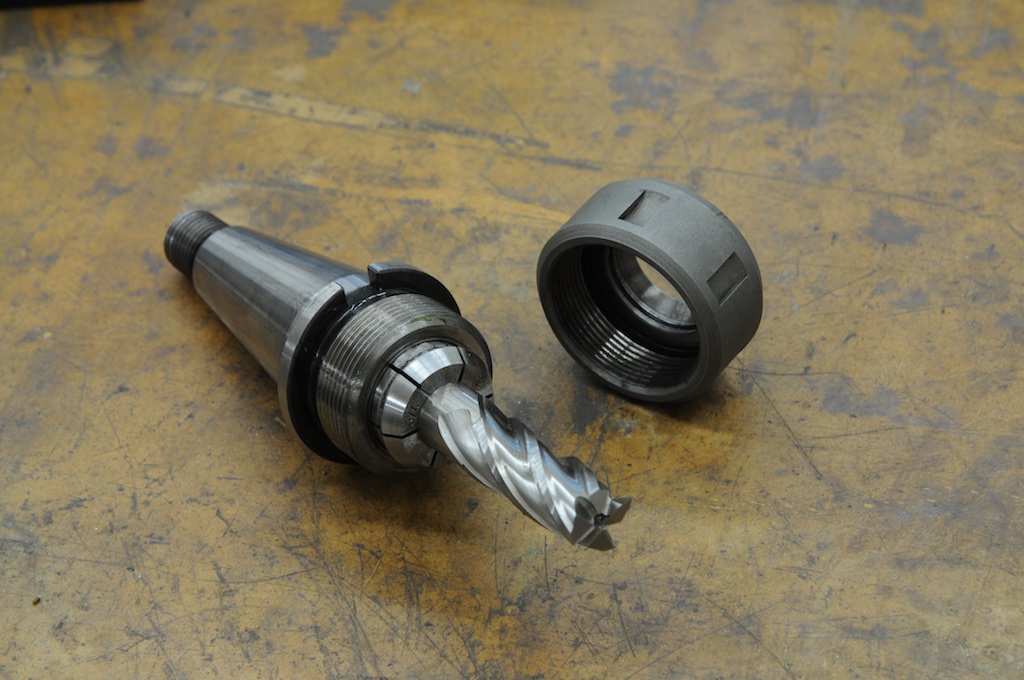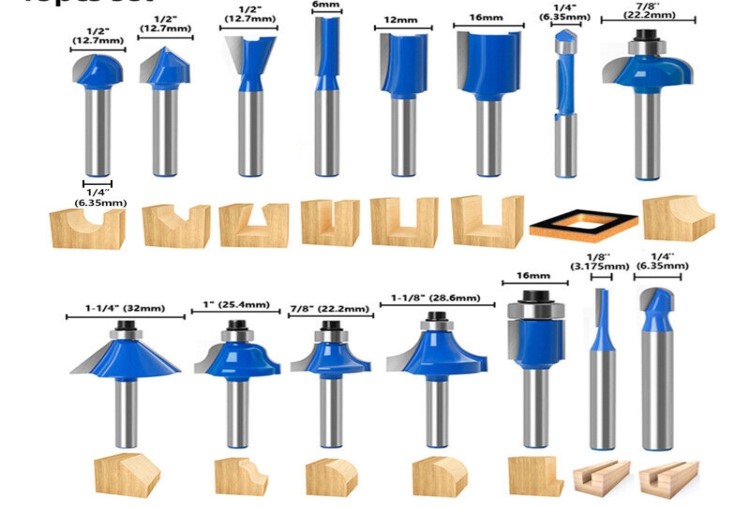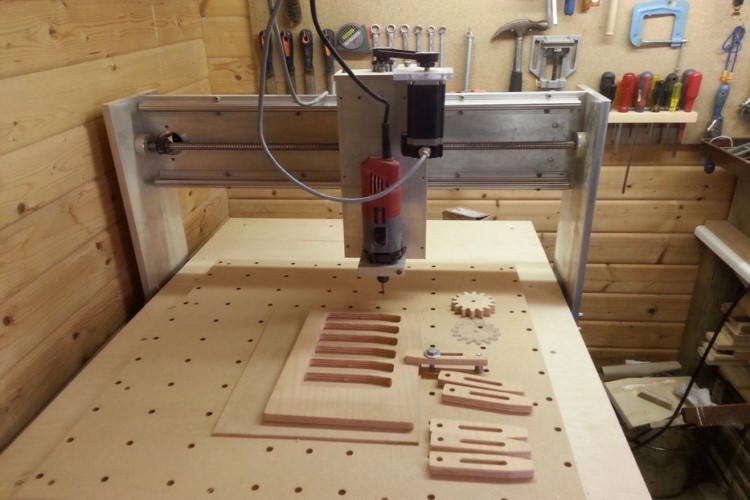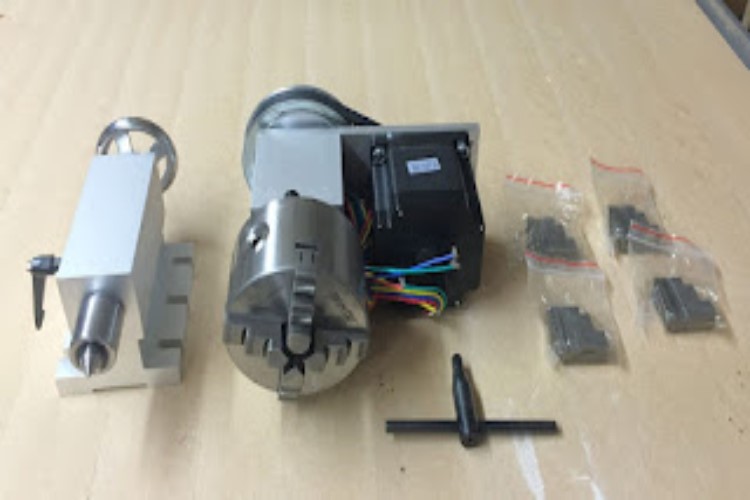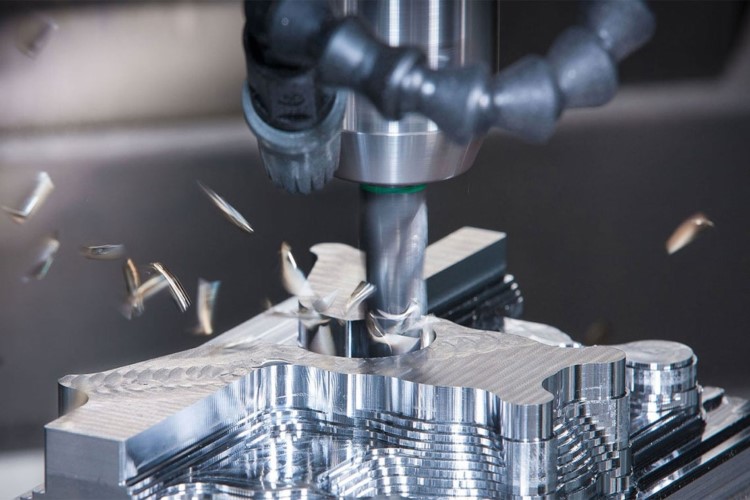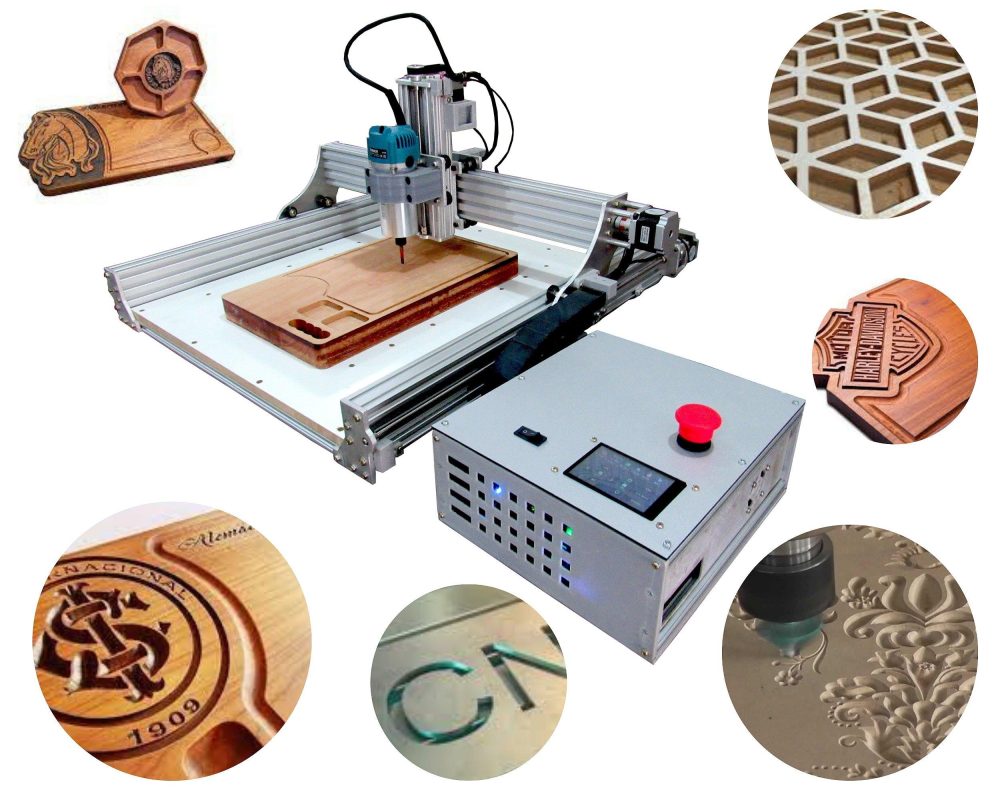CNC pros have a ton of tricks up their sleeves when it comes to getting the most out of their machines. One cool thing they do is choose between two different cutting styles: down milling and back milling which is also called up cut milling.
Picking the right style for the job is key to making the whole thing work like a charm. To set everything first into perspective, let’s get to know more about these two methods of milling.
What Is Down Cut Milling?
Down-cut milling, also known as climb milling, is a machining technique where the workpiece is fed in the same direction as the cutter’s rotation. Imagine the cutter teeth “climbing” up the material as they cut. This approach has some key features.
Firstly, the cutter engages with the maximum amount of material initially and then gradually reduces contact. This progressive engagement minimizes the cutting forces and reduces the likelihood of chatter or vibrations, which can cause inaccuracies and tool wear.
Secondly, unlike up cut milling, since the cutter is essentially pushing the material away from itself, it generates less heat. This reduced heat generation is beneficial as it minimizes thermal expansion of the workpiece and the cutter, which can also lead to dimensional inaccuracies.
Down-cut milling is generally considered a more efficient and stable method compared to conventional milling, especially for challenging materials or intricate parts.

What Is Up Cut Milling?
Up cut milling is the more traditional way of doing things. Imagine feeding the workpiece against the direction the cutter is spinning. It’s like trying to push a pencil through a sharpener while it’s still turning! This creates a bit more friction and heat because the cutter is constantly pushing against the material as it cuts. In general, this method starts with a tiny bite and gradually takes bigger chunks as the cutter spins.
While it might seem a bit less efficient, up cut milling has its features. It can help keep the workpiece firmly in place on the table, which is important for certain materials or operations. It’s also good for removing larger amounts of material quickly.
The Difference Between Up Cut and Down Cut Milling
These methods diverge in their feeding mechanisms. A comparative analysis of tooth engagement, chip removal, cutting forces, tool wear, and cooling is presented below:
Chip Evacuation
A key difference between these two milling methods is how the chips behave. In up cut milling, the chips are flung upwards, kind of like a mini-explosion. This can cause a bit of a mess, as the chips tend to accumulate around the cutting area. They can even get stuck between the cutter and the workpiece, which can affect the quality of the finish.
In down milling, the chips fall downwards naturally, like leaves falling from a tree. This makes it much easier for the chips to be cleared away, keeping the cutting zone clean and allowing for a smoother cutting process. That’s why down milling is generally preferred for better chip management.
Teeth Engagement
How the milling teeth engaged with the material is another aspect to compare up cut and down cut milling. In back milling, the teeth start with a tiny bite and gradually take bigger chunks. In down milling, it’s the opposite; the teeth start with the biggest bite and then gradually take smaller ones.
For a really smooth finish, you want the cutter to end with a small bite. That’s why up cut milling is often used for roughing, where you’re taking away a lot of material, and down milling is better for finishing, where you want a super smooth surface.

Cutter Wear
In back milling, the cutter rubs against the material more, which can wear it down faster. When you rub two things against each other they get warm, which is what happens in up milling. In down milling, it’s smoother, like gliding your hands over each other. This helps the cutter last longer.
Cutting forces
In up cut milling, it starts with little effort and then has to push harder and harder. It’s like starting to climb a hill; it gets steeper and steeper. In down milling, it’s the opposite. You start with a big push and then gradually ease off. This means down milling uses less power.
Also, the force tries to lift the workpiece off the table in back milling. It’s like trying to push something heavy against a wall which might tip over. But in down milling, the workpiece will be kept firm in place due to the pushed down force. This helps prevent the workpiece from flying off the table.
Materials
Climb milling reigns supreme in metalworking, whether it’s by hand or with a CNC machine. Up cut milling, on the other hand, finds its niche in shaping wood, plastics, and those tough-to-cut metal alloys.
Tolerance
Climb milling demands a more rigid setup due to its substantial cutting forces. It’s akin to driving a high-performance vehicle, precision and control are paramount. Back milling, conversely, offers greater flexibility in terms of workpiece mounting, much like a vehicle designed for off-road conditions.
The Advantages of Back Milling and Up Milling
Both down milling and up cut milling have their own strengths. Let’s see when each one shines:
Advantages of Down Milling
CNC machines have become much more sophisticated, and now they can handle down milling really well. This is great news because down milling is generally the most efficient way to machine parts. It’s easier on the cutter, leading to less wear and tear and a longer tool life.
You get a smoother finish because the cutter starts with a big bite and gradually eases off. It also runs cooler and is less demanding on the machine. However, it’s important to be aware of potential flexing in the machine and the workpiece during the cutting process, as this can affect the accuracy.
Advantages of Up Cut Milling
Up cut milling or back milling was the standard back when CNC machines weren’t as advanced. The opposing forces during cutting actually helped to counteract any slight errors in the machine itself.
This method is still a favorite for tackling challenging jobs like cutting tough or brittle materials. It’s also a good choice for thin or long parts. The opposing forces during cutting help minimize any bending or flexing of the workpiece, which can be a problem with these types of parts.

Conclusion
Both down milling and up cut milling have their own strengths and weaknesses. The best choice depends on the specific job, the material you’re working with, and the desired finish.
No matter which method you choose, investing in high-quality milling tools and machines is crucial for success. Check out the amazing selection of CNC milling machines and tools available at Maple CNC. They have everything you need to take your machining projects to the next level.


